Center for Environment & Society
The Center for Environment & Society serves as a bridge between Washington College and the rich natural and human resources of the region.
Join Our Mailing List
Support Our Program
About Us
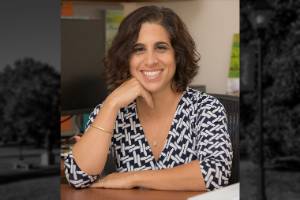 News & Events Follow the action
News & Events Follow the action
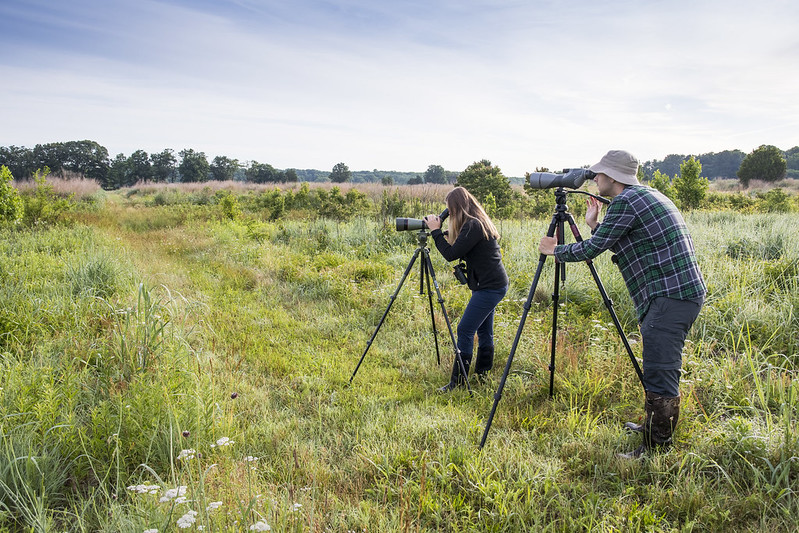 Meet Our Team Learn more about CES
Meet Our Team Learn more about CES
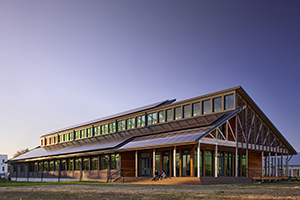 Mission & History The impact of our work
Mission & History The impact of our work
What We Do
 Center InitiativesEngage and inspire
Center InitiativesEngage and inspire
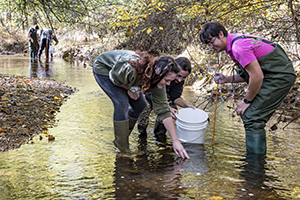 research & Fellows Make meaningful contributions
research & Fellows Make meaningful contributions
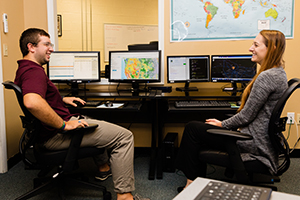 Student Opportunity Map your future
Student Opportunity Map your future
Where We Are
 Where we are Explore Semans-Griswold Hall
Where we are Explore Semans-Griswold Hall
 River and Field CampusExperience a living laboratory
River and Field CampusExperience a living laboratory
 Cross St.Find our downtown location
Cross St.Find our downtown location
Mission
We live in a world with increasing environmental and related social problems, rapidly reaching crisis levels. As we work toward resolution, we especially need to cultivate a new generation of creative, solution-oriented leaders for the future. Everything we do prepares our undergraduates – the next generation of leaders – to help solve the most pressing environmental problems of the 21st Century, through innovative curriculum, real-world experiences, training in cutting edge technologies, and new ways of thinking.
Vision
Our vision is a Chesapeake Bay and watershed that is healthy and thriving; one in which natural systems and human communities are in balance. Strong interdisciplinary academic programs promote the integration of environmental and social values; through applied, real-world work, we prepare our graduates to be balanced and productive citizens, skilled and agile professionals, and champions and stewards of our natural and cultural resources.
The Center manages the college’s two research vessels, the Callinectes and Lookdown. The vessels can be reserved for your classes or department usage.
Learn more about these vessels and find out how to reserve them.
Callinectes
At 46 feet long, Callinectes is fully equipped with an array of the latest electronics and environmental instrumentation including trawls, sonar, acoustic seabed classification systems, magnetometers and positioning systems used in mapping and evaluating geological features of the Bay and its tidewaters. On the Chester River, sampling gear is used to collect water and sediment samples that are analyzed to measure nutrients, dissolved oxygen, algal abundance, toxic contaminants and other factors that tell us about the ecological health of the region.
Lookdown
In April 2013 CES acquired Lookdown from NOAA with the intent to provide additional research opportunities for Washington College students. Lookdown, created for the Coast Guard, will be primarily used for mapping the river with sonar, but will also be available for special trips for water sampling and testing.
Lookdown is considerably smaller than Callinectes, which works to her advantage. She will be able to access shallower areas of the Chester and coastal areas that are inaccessible to Callinectes.
The Center for Environment and Society at Washington College was created in 1999 to promote interdisciplinary learning, research and exemplary stewardship of natural and cultural resources. Its primary objective is to support the integration of ecological and social values.
In its early years, the Center focused primarily upon issues of sustainable agriculture on Maryland's Eastern Shore, along with educational programs to enhance the College's environmental studies curriculum. In cooperation with the Department of Sociology & Anthropology, critical new data management and analytical technologies such as Geographic Information Systems, were brought to campus.
The Center's current director, Dr. John L. Seidel, served as interim director in 2006 and after a national search was named director in 2007. While the mission of CES has remained the same since its inception, its capabilities have expanded significantly since 2006. Programs have grown from regional agricultural sustainability and environmental education to include estuarine studies and marine habitat assessment, the latter focus drawing the attention and interest of the National Park Service. Recognizing that the Center acts as a portal to one of the world’s greatest estuaries - the Chesapeake Bay, the Center, again in cooperation with archaeology, acquired remote sensing equipment including a side-scan sonar, marine magnetometers, acoustic seabed classification systems and hydrographic survey software, giving the Center the ability to expand its focus from the land into the water. A more formal incorporation of archaeology into the Center allows a vision of the future that profits from lessons of the past. Augmented significantly through the grant-supported internship and research associate programs, the Center's modest endowment has allowed staffing to expand and solidify.
The Center continues to give Washington College students the opportunity to understand fully the relationship between human and natural environments and provide them with the technical knowledge, practical experience, and aesthetic perspective needed to advance that relationship for the benefit of future generations.